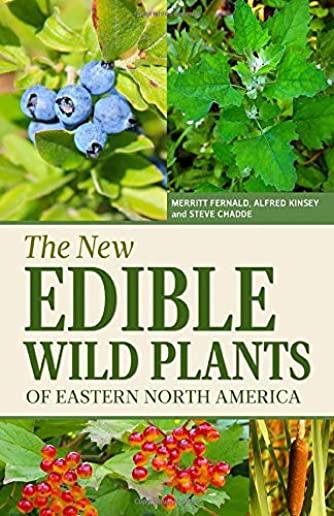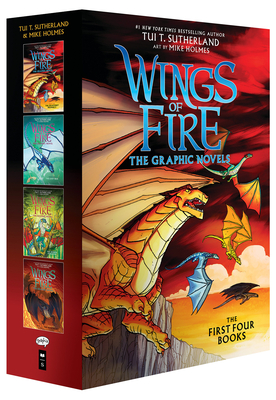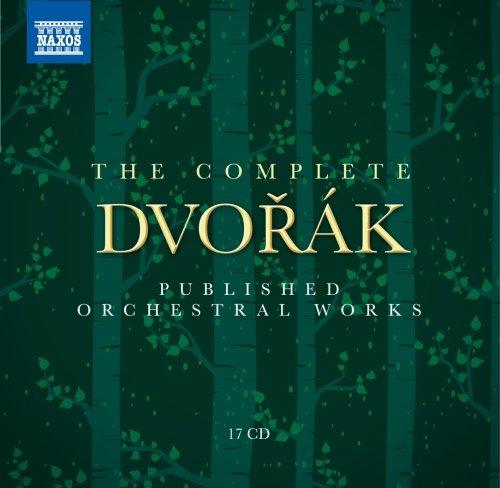
Fernald, Merritt Lyndon
Edible Wild Plants of Eastern North America, originally published in 1943, was a landmark book in terms of its thoroughness (covering nearly 1000 plant species, plus poisonous plants, mushrooms, seaweeds and lichens) and its detailed descriptions of each plant and their uses. This extensively revised new edition updates each plant's scientific name, adds distribution maps for many species, and includes all new illustrations. Also added are cautionary notes for plants once considered safe to eat but which are now considered dangerous if eaten or improperly prepared.
Contents
- Extensive listings of plants by their uses such as edible greens, salads, soups, fruit, teas, jellies, and emergency food
- Descriptions of nearly 1000 edible plants, with identifying features, habitats where found, distribution in the eastern United States (including many maps), seasons when available, and food uses.
- Arranged into three main groups (Ferns and Fern Relatives, Conifers, and Seed Plants), and alphabetically by Plant Family
- Poisonous plants and how to recognize them
- Simple guide to poisonous and edible mushrooms, seaweeds and lichens
- Bibliography of edible plant and plant identification resources
- Glossary of botanical terms
- Fully indexed by both common name and scientific name for ease-of use.
About the Authors
Merritt Lyndon Fernald (1873-1950) was a legendary American botanist. Based at Harvard University, he published more than 850 scientific papers and wrote and edited the seventh and eighth editions of Gray's Manual of Botany, long the standard flora of the region. As evident in this book, he also had an deep interest in wild food plants, and made many experiments with plants to determine their edibility and how best to prepare them.
Alfred Charles Kinsey (1894-1956) was an American biologist and professor of entomology and zoology at Indiana University, but perhaps most remembered as the founder, in 1947, of the Institute for Sex Research at Indiana University, now known as the Kinsey Institute for Research in Sex, Gender, and Reproduction.
Steve Chadde (1955- ) is a botanist and plant ecologist who developed a passion for the natural world at an early age. His grandparents, German immigrants to the United States, were avid gardeners, and provided him with many memories of picking fresh fruit and garden vegetables as part of healthy, delicious meals. Later, in addition to his education and professional work as a botanist, he continued to expand on his knowledge of plants and their many uses. He has published numerous books on plants, including his recent state floras for Minnesota (2013), Wisconsin (2013), and for the Upper Peninsula of Michigan (2014). He is pleased to make this landmark work on edible plants once again available to a new generation.







